If you’re lucky enough to have a south-facing window, you already own one of the best spots in your home for growing indoor plants. South-facing windows receive the most consistent, direct sunlight throughout the day, making them ideal for sun-loving plants that thrive in bright, warm conditions.
But not all houseplants enjoy that much light—some may scorch or develop leaf burn. Choosing the right varieties ensures your indoor garden stays lush, colorful, and healthy all year round.
In this detailed guide, we’ll explore the best indoor plants for south-facing windows, their care requirements, and how to make the most of this prime growing location in your home.
1. Why South-Facing Windows Are Perfect for Indoor Plants
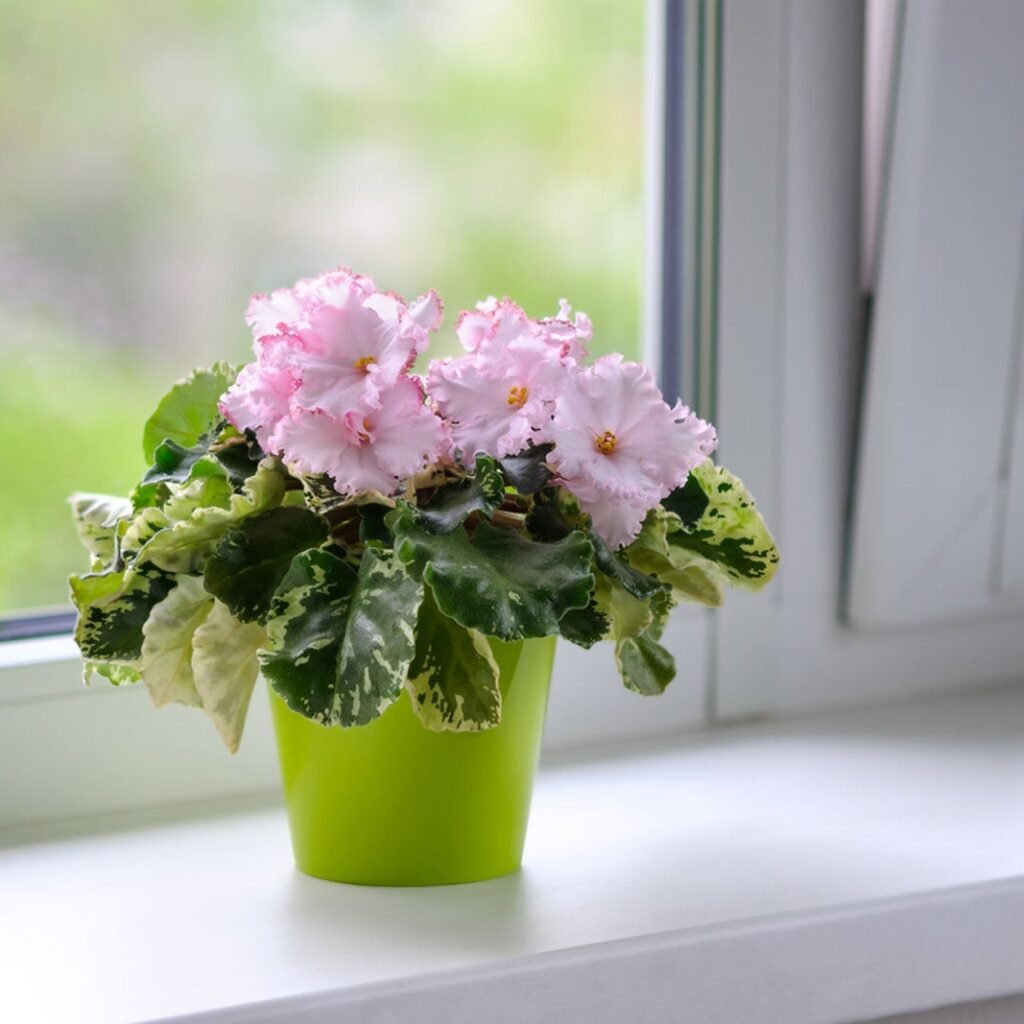
A south-facing window receives the longest hours of sunlight—often from mid-morning to late afternoon. This makes it an ideal environment for:
- Sun-loving tropical plants that need intense light to bloom.
- Succulents and cacti, which prefer arid, sunny conditions.
- Flowering houseplants, which require strong light to produce vibrant blossoms.
However, this brightness can also be harsh, especially during summer afternoons. That’s why it’s essential to pair the right plants with this light exposure—or use sheer curtains to filter excessive rays when needed.
2. The Best Indoor Plants for South-Facing Windows
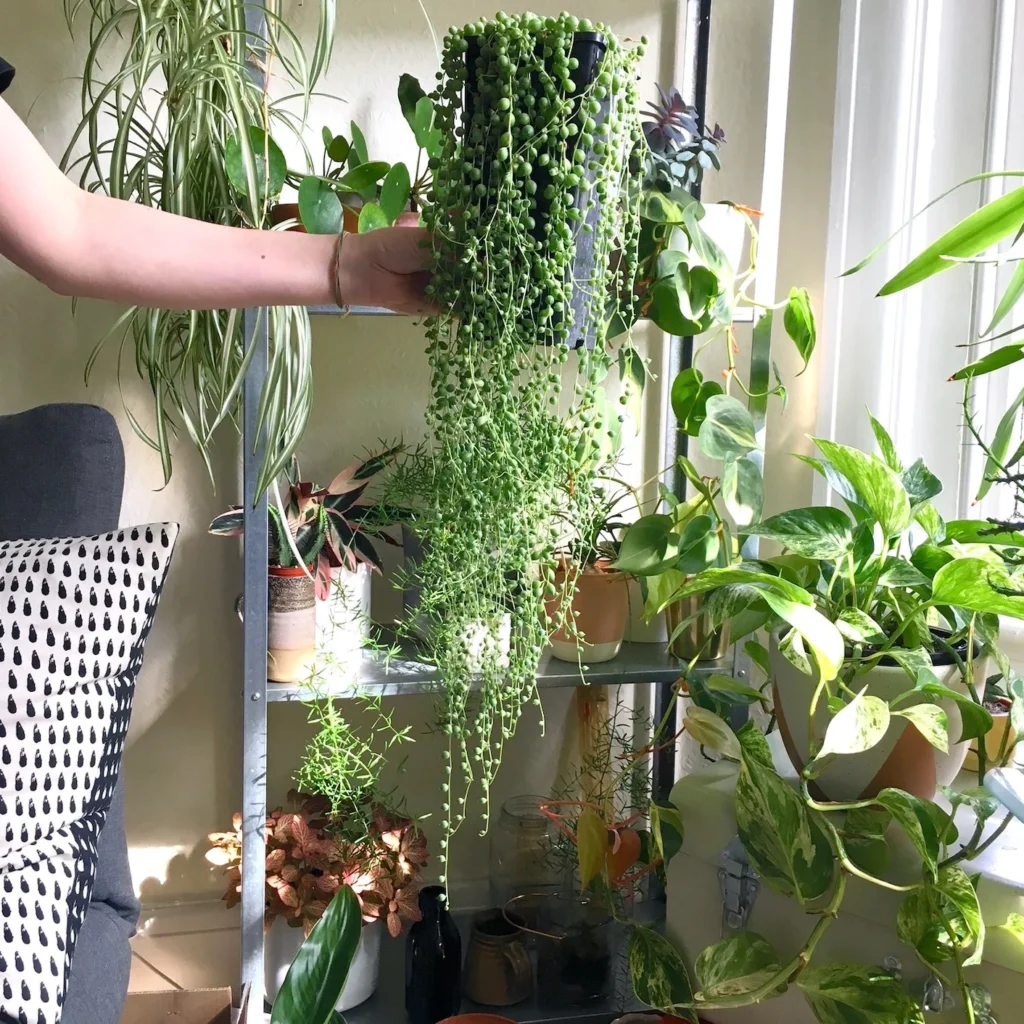
Let’s look at a list of plants that not only tolerate but thrive in bright, direct light from south-facing windows.
1. Aloe Vera (Aloe barbadensis miller)
Aloe vera is one of the most iconic sun-loving indoor plants. It loves basking in full sunlight and does exceptionally well near a bright window.
Why It’s Perfect:
- Tolerates heat and strong sunlight easily.
- Stores water in its thick leaves, making it drought-tolerant.
- Has healing properties—its gel soothes burns and skin irritation.
Care Tips:
- Use well-draining cactus soil.
- Water only when the top 2 inches of soil are dry.
- Rotate the pot occasionally to ensure even growth.
Aloe vera not only enhances your window space with its sculptural beauty but also doubles as a natural first-aid plant.
2. Jade Plant (Crassula ovata)
Known as the money plant or lucky plant, the jade plant thrives in bright, sunny conditions. Its thick, glossy leaves and tree-like form make it a timeless choice for south-facing spots.
Why It’s Perfect:
- Loves direct light and warmth.
- Can live for decades with proper care.
- Easy to propagate from leaf cuttings.
Care Tips:
- Water sparingly—overwatering is the biggest mistake.
- Allow the soil to dry completely between waterings.
- Feed with a succulent fertilizer once a month during the growing season.
Place your jade plant near your brightest window—it will reward you with dense, lush growth and even tiny pink or white flowers under ideal conditions.
3. Snake Plant (Sansevieria trifasciata)
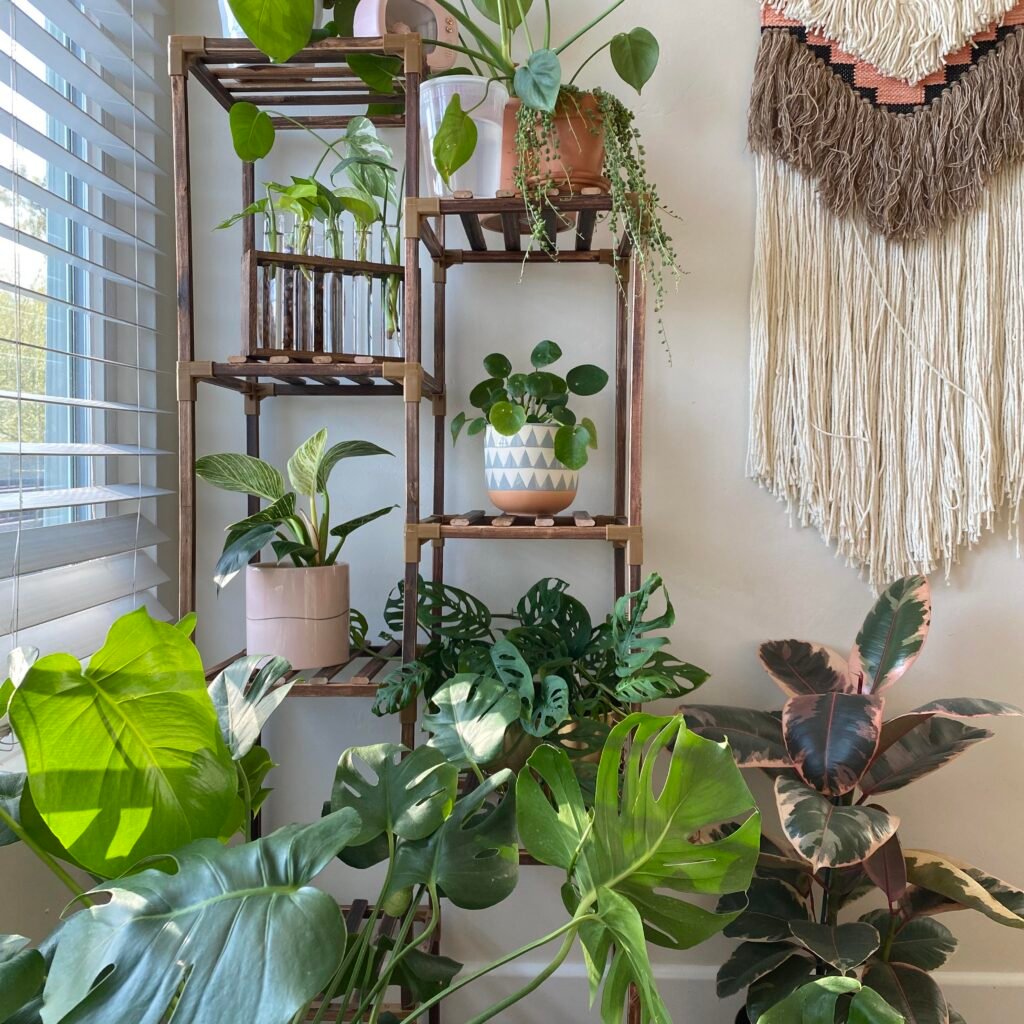
The snake plant, or mother-in-law’s tongue, is nearly indestructible. It can handle both low and bright light but thrives in the full sun from south-facing windows.
Why It’s Perfect:
- Tolerates intense light and heat.
- Filters toxins like formaldehyde and benzene from the air.
- Adds modern elegance with its upright, sword-like leaves.
Care Tips:
- Use a well-draining mix to prevent root rot.
- Water every 2–3 weeks or when the soil feels dry.
- Avoid misting—snake plants prefer drier conditions.
Its striking silhouette and low maintenance make it ideal for bright corners or sunny living rooms.
4. Succulents and Cacti
If there’s one plant group that adores south-facing light, it’s succulents and cacti. Their ability to store water and withstand heat makes them the perfect sun-window companions.
Popular Choices:
- Echeveria
- Haworthia
- Burro’s Tail (Sedum morganianum)
- Golden Barrel Cactus
- Zebra Cactus
Care Tips:
- Provide well-draining soil (a cactus mix works best).
- Water deeply but infrequently.
- Avoid misting; moisture can cause rot.
- Rotate periodically for even growth.
With their diverse shapes, colors, and textures, succulents and cacti can create a stunning mini desert garden right on your windowsill.
5. Croton (Codiaeum variegatum)
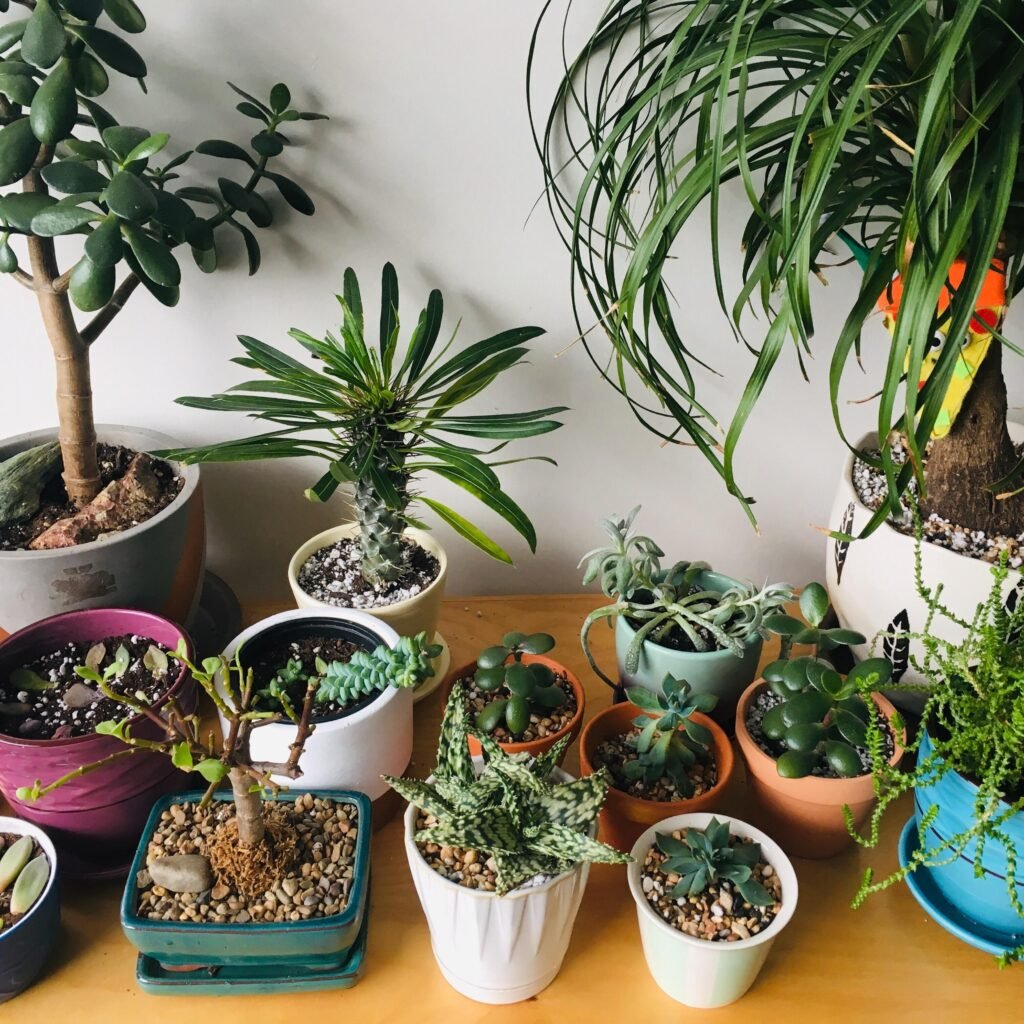
Crotons are famous for their bold, colorful foliage. Their bright reds, yellows, and oranges intensify with direct sunlight, making them an excellent fit for a south-facing window.
Why It’s Perfect:
- Loves strong light for vivid coloration.
- Adds tropical flair and energy to any room.
Care Tips:
- Keep soil evenly moist but not soggy.
- Wipe leaves occasionally to remove dust.
- Maintain humidity levels around 50–60%.
Crotons can be sensitive to sudden changes in temperature or light, so keep them away from cold drafts while providing steady sunlight.
6. Bird of Paradise (Strelitzia reginae)
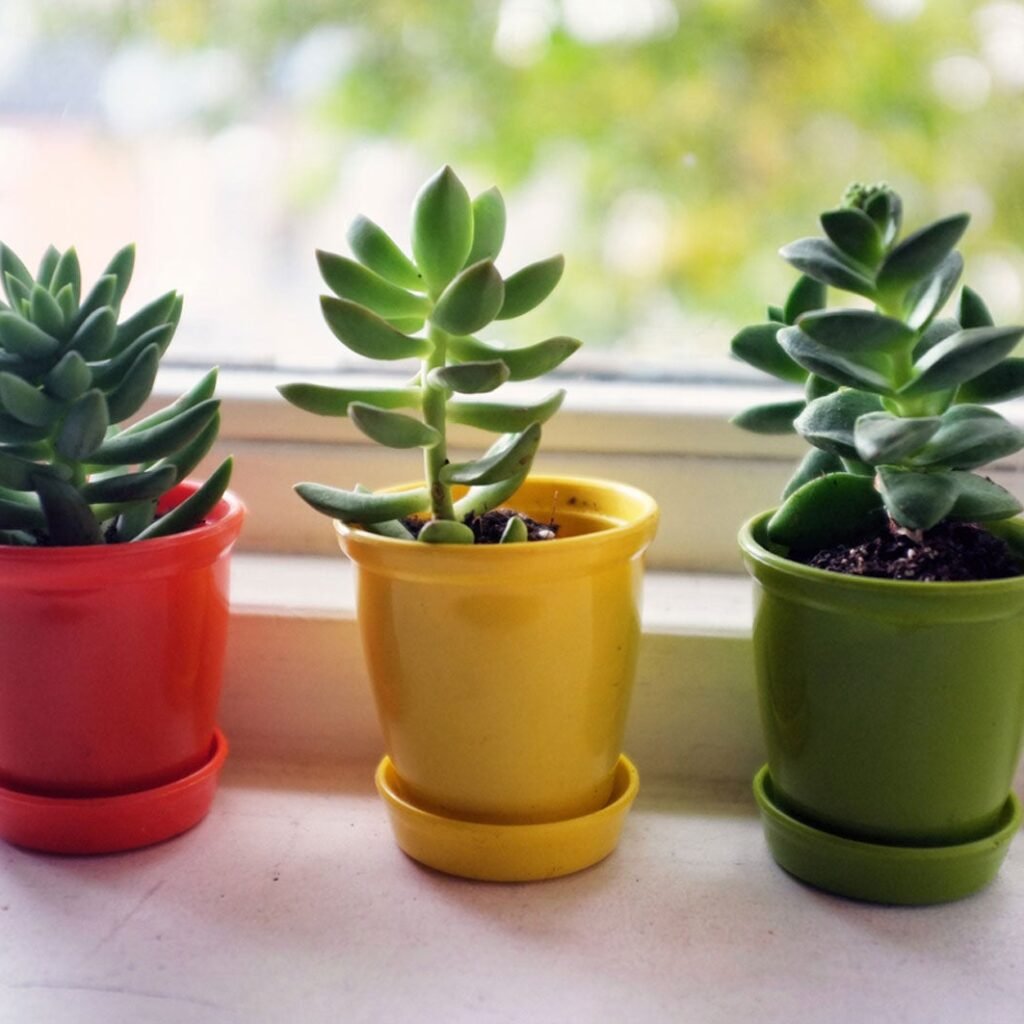
For those who want a dramatic, tropical centerpiece, the bird of paradise plant is a showstopper. Its large, glossy leaves and exotic flowers thrive under bright sunlight.
Why It’s Perfect:
- Needs several hours of direct light daily to bloom.
- Adds height and tropical beauty to sunny rooms.
Care Tips:
- Water when the top inch of soil feels dry.
- Feed monthly with a balanced fertilizer during spring and summer.
- Dust large leaves regularly to keep them photosynthesizing efficiently.
Position this plant in a bright corner near your south-facing window—it will transform your space into a lush paradise.
7. Hibiscus (Hibiscus rosa-sinensis)
If you want indoor blooms year-round, the tropical hibiscus loves intense sunlight and rewards you with stunning, colorful flowers.
Why It’s Perfect:
- Thrives in full sun and warmth.
- Produces large, eye-catching blossoms.
Care Tips:
- Keep soil moist but well-draining.
- Mist occasionally for humidity.
- Prune lightly to encourage bushier growth.
Hibiscus plants are natural light lovers—just ensure they get at least 6 hours of sunlight daily for continuous blooms.
8. Rubber Plant (Ficus elastica)
The rubber plant is a classic choice for bright indoor spots. Its glossy, deep-green leaves (sometimes with a burgundy tint) add elegance and structure to modern interiors.
Why It’s Perfect:
- Loves bright, indirect light but tolerates short bursts of direct sun.
- Grows tall, making it ideal as a floor plant near south-facing windows.
Care Tips:
- Water when the top soil feels slightly dry.
- Clean leaves regularly to maintain shine.
- Avoid cold drafts or temperature drops.
With proper light, rubber plants can grow several feet tall indoors, making them a statement piece for any sunny space.
9. String of Pearls (Senecio rowleyanus)
This trailing succulent is a perfect choice for hanging baskets near sunny windows. Its delicate, bead-like leaves look stunning cascading down shelves or planters.
Why It’s Perfect:
- Thrives in full sunlight and dry conditions.
- Adds a whimsical touch to your indoor plant decor.
Care Tips:
- Allow soil to dry completely between waterings.
- Avoid overwatering to prevent root rot.
- Prune occasionally to encourage fuller growth.
Its unique, pearl-shaped leaves and sun-loving nature make it a standout among trailing indoor plants.
3. Tips for Managing Light and Heat from South-Facing Windows
While south-facing windows offer abundant light, too much direct sun—especially during peak summer—can sometimes scorch delicate leaves. Here’s how to manage it effectively:
Use Sheer Curtains or Blinds
Filter the light with a sheer curtain to diffuse harsh midday rays while maintaining brightness.
Rotate Plants Regularly
Turn pots every few weeks to ensure even exposure and balanced growth.
Maintain Proper Watering
Bright light increases evaporation, so monitor soil moisture closely. Many sun-loving plants still prefer occasional deep watering over frequent shallow ones.
Use Reflective Surfaces
Placing plants near light-colored walls or mirrors helps distribute sunlight more evenly, preventing one-sided growth.
Monitor Seasonal Changes
In winter, sunlight is weaker and lower in the sky. Move plants closer to the window to maintain sufficient light exposure.
4. Additional Plant Care for South-Facing Windows
- Humidity: Bright light can dry out the air. Group plants together or use a humidifier for moisture-loving species.
- Soil Type: Use well-draining soil mixes to avoid soggy roots in sunny spots.
- Feeding: Sun-loving plants tend to grow faster—feed them monthly during spring and summer with a balanced fertilizer.
- Cleaning Leaves: Dust accumulation can block sunlight. Wipe leaves gently with a damp cloth to keep them clean and efficient.
Conclusion
A south-facing window is truly a blessing for indoor plant enthusiasts. It provides the perfect conditions for a wide range of sun-loving species—from succulents and cacti to lush tropicals like crotons and bird of paradise.
By selecting plants that thrive in bright light and managing heat with simple adjustments like sheer curtains or proper watering, you can create a radiant, green sanctuary right inside your home.
Each plant near your south-facing window will not only flourish in the abundant sunlight but also fill your living space with life, beauty, and a refreshing sense of connection to nature.
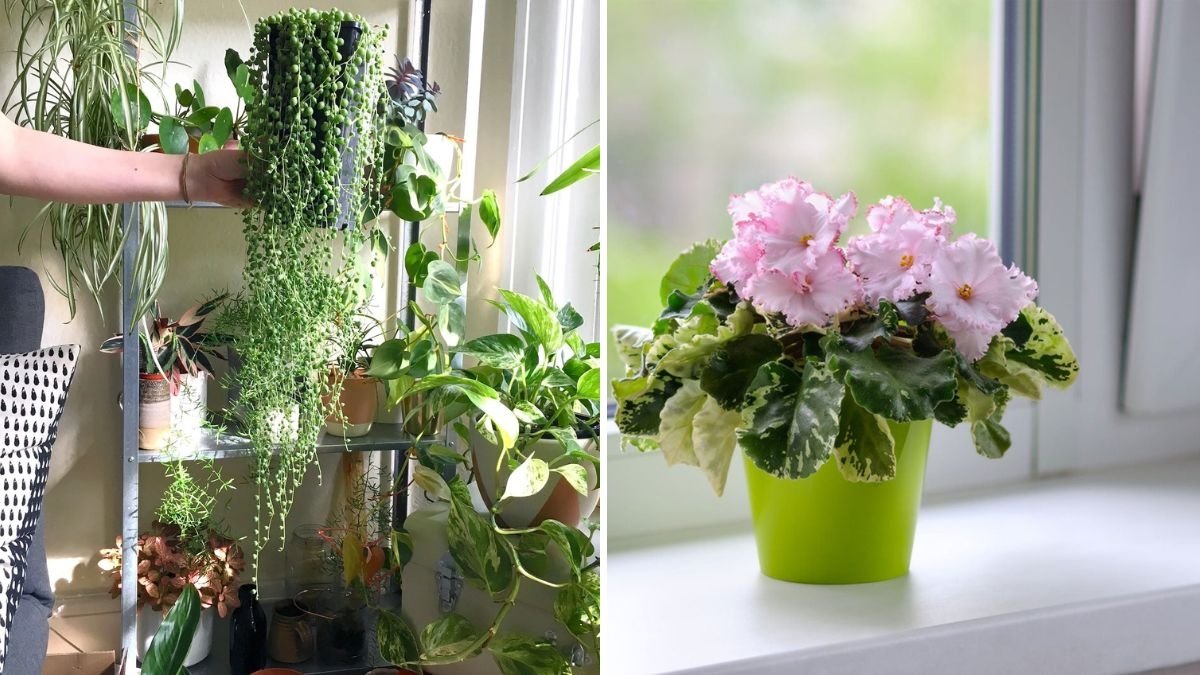




Leave A Comment